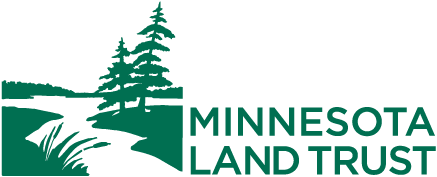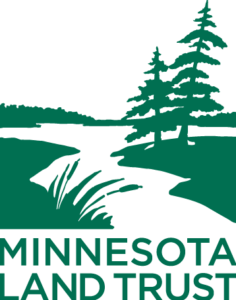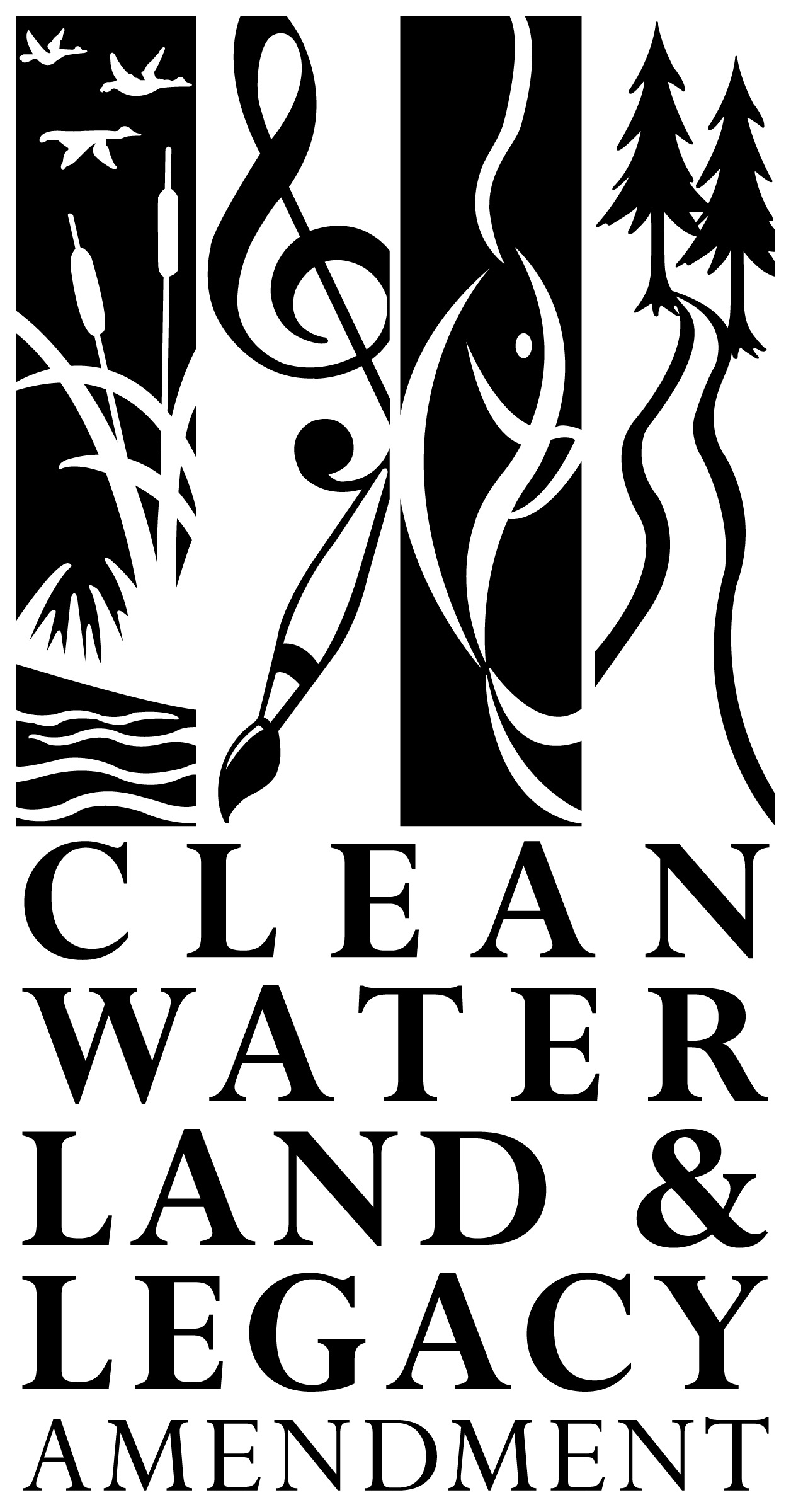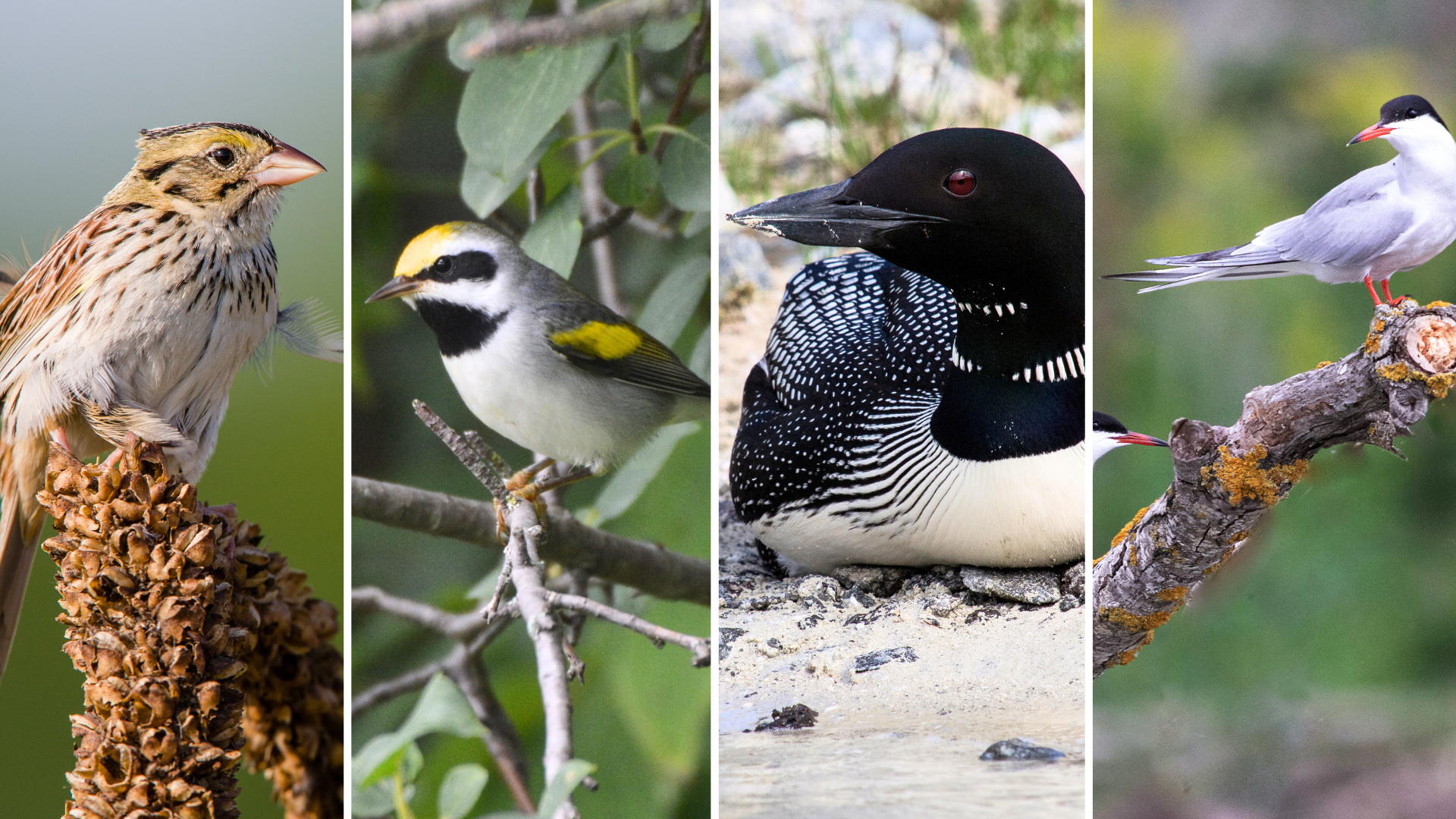
Wherever you live in Minnesota, there are opportunities to view and appreciate birds during fall migration.
Timing: Shorebird and songbird migrations tend to peak in late August and early September while waterfowl and raptor migrations peak in late September and October.
Plan Your Visit: Pack for the weather and terrain, bring binoculars, be aware of any hunting activity nearby, and plan to follow any rules or guidelines that are in place for your safety and the safety of others.
Here are some top spots to view birds during fall migration in Minnesota!
6 Top Spots to See Migrating Birds from Late August–October
Hawk Ridge Bird Observatory—Northeast Minnesota, Duluth
Hawk Ridge is one of the best places in North America to spot broad-winged hawks, sharp-shinned hawks, and bald eagles as they hug the Lake Superior shoreline traveling south. An average of 76,000 raptors fly over each fall. Some of the largest populations of migrating common nighthawks in North America have been observed here and since 2007, Hawk Ridge has conducted systematic fall counts of all migrating birds to complement their long-standing work on raptors.
Visit the Hawk Ridge website or Facebook page for more information.
Sherburne National Wildlife Refuge—Greater Twin Cities, Zimmerman
Sherburne National Wildlife Refuge is one of the region’s largest staging areas for sandhill cranes with up to 11,000 individuals roosting at the site to feed, rest, and build energy reserves before their migration to Florida. Peak viewing is typically during the third week of October.
Visit Sherburne National Wildlife Refuge for more information or download the Sandhill Crane Fall Migration brochure.

Agassiz National Wildlife Refuge—Northwest Minnesota, Marshall County
Located within the Prairie Pothole Region, the refuge has a diverse mix of habitats including extensive marshes, ponds, and shallow lakes that provide vital food, rest, and shelter for migrating birds, especially waterfowl. View large numbers of migrating swans, blue-winged teal, sandpipers, and plovers as well as bald eagles and red-tailed hawks hunting on the refuge from late September to early November. Viewing platforms, trails, and roads provide accessible vantage points.
Visit Aggasiz National Wildlife Refuge for more information.
Minnesota Valley National Wildlife Refuge—Twin Cities Metro, Bloomington
The Minnesota River Valley provides important habitat for birds flying south. Look for waterfowl, raptors, and songbirds like white-throated sparrows, yellow-rumpled warblers, and American robins. Shorebirds including sandpipers and plovers can also be spotted.
Visit Minnesota Valley National Wildlife Refuge for more information.
Blue Mounds State Park—Southwest Minnesota, Luverne
Take advantage of the park’s unique tallgrass prairie and cliff landscape which attract a variety of wildlife and makes for great birdwatching during fall migration. Spot migrating raptors like northern harriers, red-tailed hawks, and American kestrels and grassland specialist songbirds like meadowlarks and vibrant Eastern bluebirds.
Visit Blue Mounds State Park for more information.
Frontenac State Park—Southeast Minnesota, Frontenac
Located near the Mississippi River with bluff top overlooks, you’ll be in prime position to see a variety of birds using this critical flyway, including bald eagles, ducks, swans, American robins, and white-throated sparrows.
Visit Frontenac State Park for more information.
Lac qui Parle State Park—Western Minnesota, Watson
Located in western Minnesota among the prairie potholes, the park is a biodiverse landscape with abundant wetland and water habitat for birds to rest and refuel during their flight. It’s an excellent location for fall bird migration viewing, especially huge numbers of Canada geese and other waterfowl like mallards, blue-winged teal, northern pintail. The offers well-maintained viewing areas and observation points that support birders of all abilities.
Visit Lac qui Parle State Park for more information.
Protect Safe Habitat for Birds on the Mississippi Flyway
Protected private lands help buffer state parks, forests, and wildlife preserves creating more safe habitat for more birds, which is critical during migration when the number of birds in a location dramatically increases.
These spaces provide rest and food, allowing birds to build reserves needed to take them to their winter homes—sometimes as far as South America. Protecting more of these natural lands is the only way to ensure birds will continue to find the support they need here in Minnesota so that we can continue to enjoy their annual migrations across our state.
This article was developed by the Minnesota Land Trust with research and copywriting assistance from OpenAI’s ChatGPT, an AI language model that helped generate and organize information related to locations to view birds during fall migration in Minnesota. All information has been reviewed and edited for accuracy and context.
Image Citations & Credits
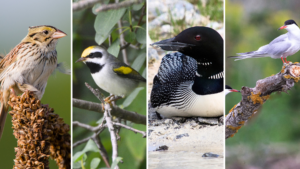
Photo montage created by the Minnesota Land Trust. Images include Henslow’s sparrow © kgcphoto via canva.com; Golden-winged warbler © Carol Hamilson via canva.com; Common loon © jiristock via canva.com; Common tern © OKU via canva.com
